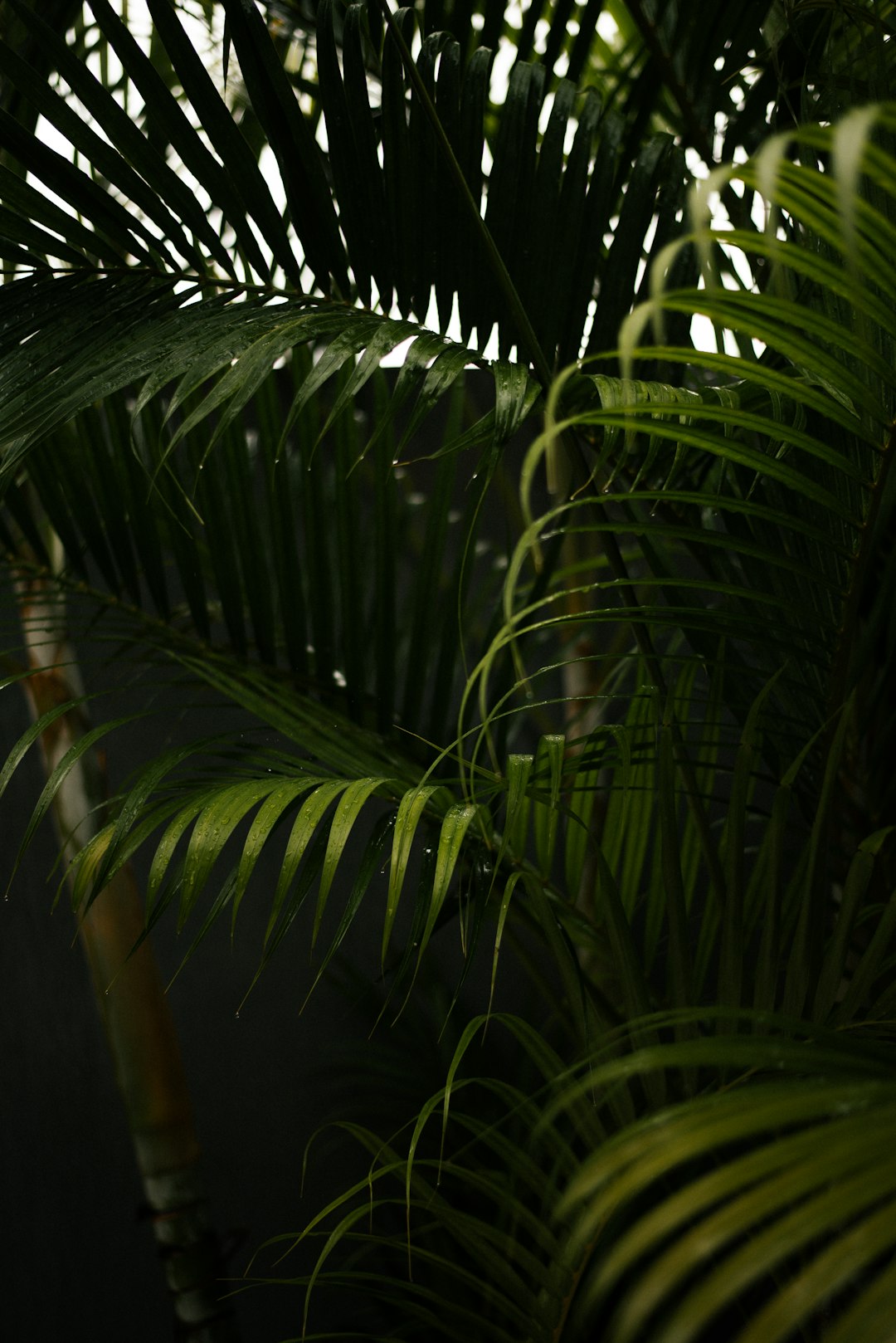Unveiling the Mysteries of Parsley: A Biennial Herb's Journey

Edible gardening has gained immense popularity in recent years, with more and more people looking to grow their own fresh produce. Among the various herbs that are commonly grown in edible gardens, parsley stands out as a versatile and widely used ingredient. However, there is often confusion regarding whether parsley is a perennial or not. In this article, we will delve into the world of parsley and explore what you need to know to make the most of this popular biennial herb.
First, let's clarify the difference between a perennial and a biennial plant. A perennial plant lives for more than two years, typically coming back year after year. On the other hand, a biennial plant has a two - year life cycle. In the first year, it focuses on vegetative growth, developing leaves, stems, and roots. In the second year, it flowers, produces seeds, and then usually dies. Parsley falls into the biennial category.
When it comes to growing parsley, the first year is all about enjoying its lush, flavorful leaves. Parsley has two main varieties: curly parsley and flat - leaf (Italian) parsley. Curly parsley has a more decorative appearance with its ruffled leaves, while flat - leaf parsley is often preferred for cooking due to its stronger flavor. Both varieties can be used in a wide range of dishes, from soups and stews to salads and garnishes.
To start growing parsley, you can either sow the seeds directly in the garden or start them indoors and then transplant the seedlings. Parsley seeds can be a bit slow to germinate, sometimes taking up to three weeks. It's important to keep the soil moist during this period. Choose a location in your garden that receives partial to full sun. Parsley prefers well - drained soil rich in organic matter. You can amend the soil with compost or well - rotted manure before planting to provide the necessary nutrients.
During the first year of growth, parsley will form a rosette of leaves. As the plant matures, you can start harvesting the outer leaves. This encourages new growth and ensures a continuous supply of fresh parsley. When harvesting, use a sharp pair of scissors or pruning shears to cut the leaves close to the base of the plant. You can harvest parsley throughout the growing season, but be careful not to over - harvest, as this can stress the plant.
As the second year approaches, parsley will start to bolt. Bolting is when the plant sends up a flower stalk in preparation for reproduction. Once parsley bolts, the flavor of the leaves begins to decline, and they become more bitter. At this point, if you want to save the seeds for future planting, you can let the flowers mature and dry on the plant. The seeds will turn brown and can be easily collected by shaking the dried flower heads into a container.
However, if you're mainly interested in using parsley for its leaves, it's best to treat it as an annual and replant new parsley seeds each year. This way, you can enjoy the fresh, flavorful leaves without having to deal with the bitterness that comes with bolting. Another option is to stagger your plantings. Sow a few seeds every few weeks during the growing season. This ensures that you have a mix of young and mature plants, providing a continuous supply of fresh parsley.
One of the great things about parsley is its versatility in the kitchen. It can be used in a variety of cuisines. In Mediterranean cuisine, flat - leaf parsley is a key ingredient in dishes like tabbouleh, a refreshing salad made with bulgur wheat, tomatoes, cucumbers, and lots of parsley. In French cuisine, parsley is often used in fines herbes, a blend of fresh herbs including chives, tarragon, and chervil. It can also be used to make pesto, a delicious sauce that can be used on pasta, sandwiches, or as a dip.
Parsley is not only a flavorful herb but also has some health benefits. It is rich in vitamins A, C, and K, as well as minerals like iron and calcium. Vitamin A is important for eye health, while vitamin C is a powerful antioxidant that boosts the immune system. Vitamin K plays a crucial role in blood clotting and bone health. Incorporating parsley into your diet can be a simple way to add these essential nutrients to your meals.
In conclusion, while parsley is technically a biennial herb, you can manage it in your edible garden to suit your needs. Whether you choose to treat it as an annual for a continuous supply of fresh leaves or save the seeds for future plantings, parsley is a valuable addition to any garden. Its versatility in the kitchen and health benefits make it a must - grow herb for both novice and experienced gardeners alike. So, roll up your sleeves, get your hands dirty, and start growing this wonderful biennial herb today!